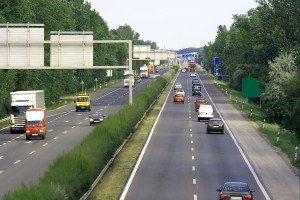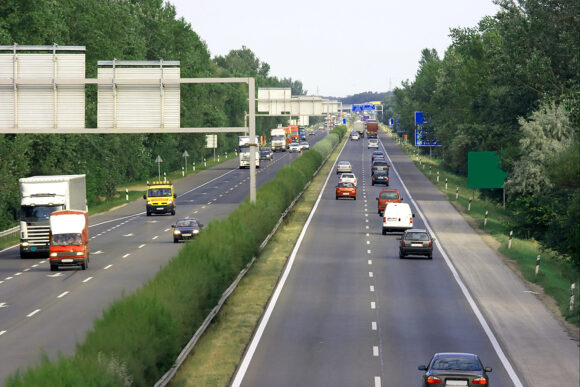As the price of gasoline drops, the number of car crashes increases, according to Guangqing Chi, an associate professor of sociology at South Dakota State University. However, the time frame within which this occurs varies based on the driver’s age.
Chi, who is the state demographer for South Dakota and director of the Rural Life and State Data Center, has been leading a multi-institutional team of researchers who analyzed crash data from three states—Minnesota, Mississippi and Alabama—in relationship to gasoline prices. The study was supported by the Mississippi Office of Public Safety and the National Highway Traffic Safety Administration.
Researchers gathered monthly traffic crash statistics from the Minnesota Office of Traffic Safety for 1998 to 2007, the Center for Advanced Public Safety at the University of Alabama for 1999 to 2009 and the Mississippi Department of Public Safety for 2004 to 2012. The analyses were done separately for each state.
Of the Minnesota crashes analyzed, 0.6 percent resulted in fatalities, 31 percent injury and 68 percent property damage only, according to Chi. In 1998, the price of gas was 76 cents per gallon, while in 2007, it was $2.76 a gallon.
Based on those statistics, a $2 per gallon price drop would result in an additional 150 crashes involving a death, 5,000 producing injuries and 35,000 causing property damage only in Minnesota. Researchers from the University of Minnesota, Mississippi State University and Loughborough University in England also worked with the Minnesota data.
Typically, the increase in crash numbers begins about nine months after the gas price drops, Chi explained. “It takes time for people to adjust their driving.”
However, Chi pointed out that the reaction to decreased gas prices is quicker among 16- to 19-year-old drivers. “If gas drops 40 cents today, you will see the number of crashes for these drivers go up within a week,” he said.
On the other hand, a drop in gas prices does not affect 25- to 34-year-old drivers. These people are just entering the job market and creating families, he noted. “It’s a matter of priorities in life.”
For older drivers who also have more financial resources, the change is gradual. Chi pointed out that a 1 percent increase in gas prices is associated with a 0.17 percent decrease in crashes within a year.
In comparing urban and rural crash statistics, Chi found that decreased gasoline prices have a stronger effect on rural accidents.
Source: South Dakota State University
Was this article valuable?
Here are more articles you may enjoy.


 Hermès Heir Sues Arnault and LVMH in $16 Billion Suit Over Lost Shares
Hermès Heir Sues Arnault and LVMH in $16 Billion Suit Over Lost Shares  Asahi Sales Drop Worsens as Cyber Hack Disruption Lingers
Asahi Sales Drop Worsens as Cyber Hack Disruption Lingers  Abbott Presses Congress for Shield Over Preemie Baby Formula Litigation That Could Cost It Billions
Abbott Presses Congress for Shield Over Preemie Baby Formula Litigation That Could Cost It Billions  NYT, Chicago Tribune Sue Perplexity AI as Copyright War Rages On
NYT, Chicago Tribune Sue Perplexity AI as Copyright War Rages On 